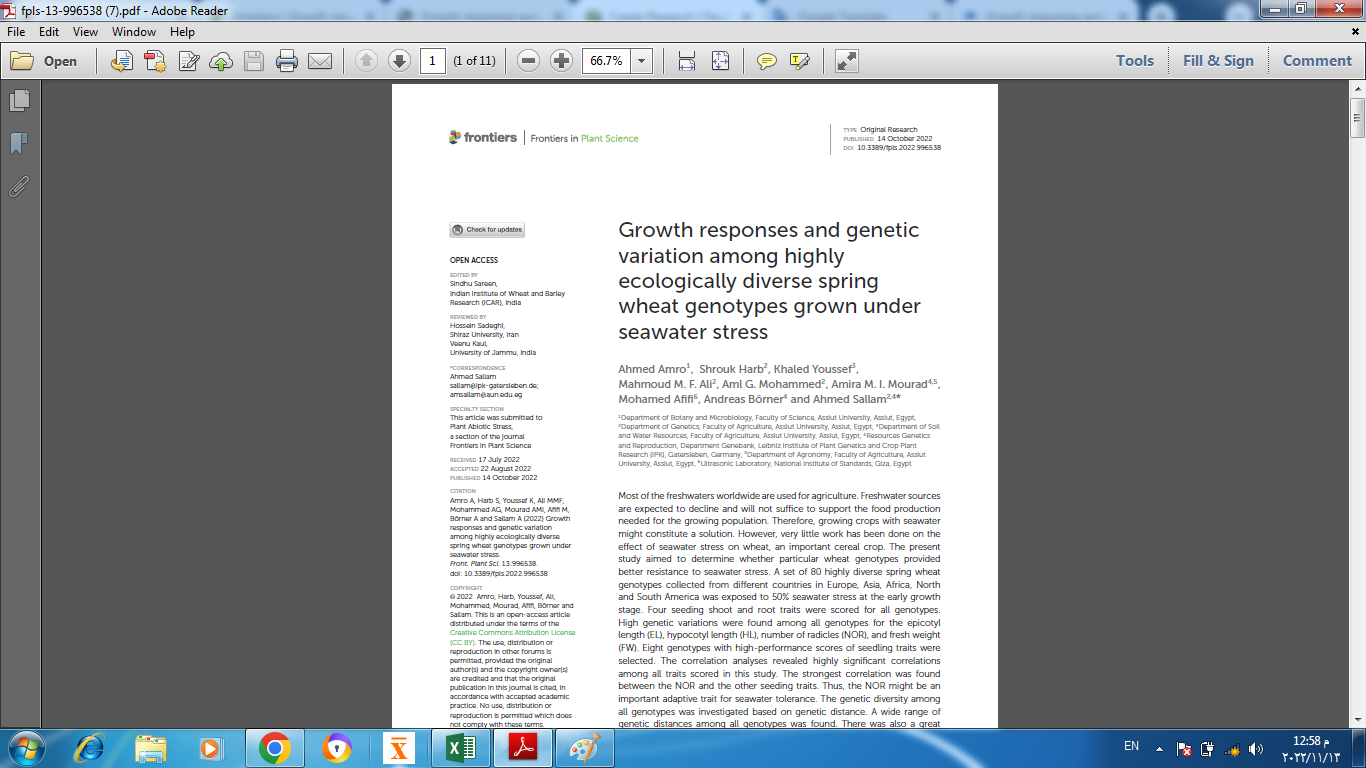Insights into the Enzymatic Antioxidants and Their Genetic Expressions Responses of Plants to Heavy Metals
Heavy metal pollution is considered to be a major constraint of the ecosystem in current times. Heavy metals present in the earth’s crust naturally. The intoxication emerges when they are accumulated above the threshold into the environment via natural and/or anthropogenic activities, modern industrialization and some agricultural practices. Large areas of land have been polluted with heavy metals owing to the extensive application of pesticides, fertilizers, municipal and compost wastes, and also due to heavy metal release from smelting industries and metalliferous mines. Heavy metals potentially affect plant growth, metabolism and ionic status. Modification of the oxidative status of the cells is the predominant effect of heavy metals via excessive reactive oxygen species (ROS). Moreover, once inside the cells, heavy metals deregulate the defense components and homeostasis between the production of ROS and
 Do you have any questions?
Do you have any questions? 

